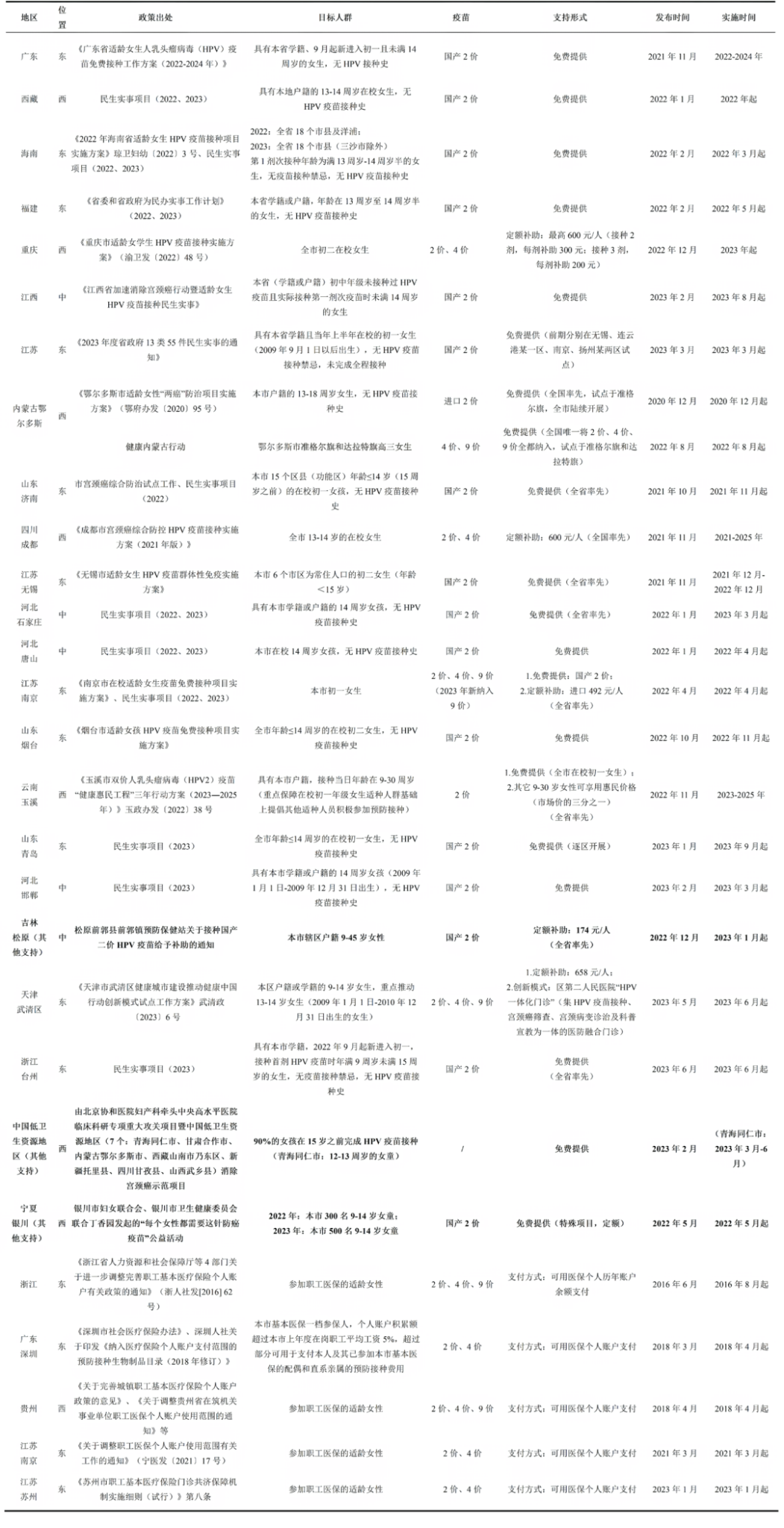Journal Article Recommendation
01
Effectiveness and safety of a novel intranasal influenza vaccine in Chinese children: A phase IV multi-Center, randomized, double-blind, placebo-controlled clinical trial
This article, published in Vaccine, adopts a multicenter, randomized, double-blind, placebo-controlled phase IV clinical trial design to systematically evaluate the effectiveness and safety of the domestically developed intranasal trivalent live attenuated influenza vaccine (Ganwu®) in children aged 3–17 years. Approved for market use in 2020, this vaccine induces a triple immune response—mucosal (IgA), humoral (IgG), and cellular (T cell)—by mimicking the natural infection pathway. Its convenient intranasal administration has the potential to improve vaccination coverage among pediatric populations.
The study was conducted from September 2023 to April 2024 in Hubei Province and the Inner Mongolia Autonomous Region. A total of 6,000 children were enrolled and randomly assigned in a 1:1 ratio to receive either the vaccine or placebo. All participants were followed for seven months post-vaccination. Primary endpoints included influenza-like illness (ILI) and laboratory-confirmed influenza (RT-PCR positive), with concurrent monitoring of adverse events (AEs) and serious adverse events (SAEs).
The results showed that the overall effectiveness of the vaccine in preventing laboratory-confirmed influenza was 46.8% (95% CI: 25.8%–61.9%). Subtype-specific effectiveness was 30.4% for A/H1N1, 55.1% for A/H3N2, and 84.6% for B/Victoria. The incidence of laboratory-confirmed influenza was significantly lower in the vaccine group compared to the placebo group (HR = 0.53, 95% CI: 0.38–0.74). In addition, the effectiveness of the vaccine in preventing ILI was 15.2% (95% CI: −2.3%–29.7%). Safety assessments indicated comparable incidence rates of solicited AEs between groups, with the incidence of grade ≥3 AEs below 1% in both groups. All 12 reported SAEs were determined to be unrelated to vaccination.
The study demonstrates that the Ganwu® intranasal live attenuated influenza vaccine exhibits a favorable safety profile and moderate protective effectiveness in Chinese children, with particularly high effectiveness against influenza B strains. Future research is recommended to explore two-dose immunization strategies and conduct long-term immune surveillance to optimize influenza vaccination programs in pediatric populations.
https://doi.org/10.1016/j.vaccine.2025.127268
02
Adverse events affecting recovery from seasonal influenza vaccination in the hypertensive population: A population-based pharmacovigilance analysis
This study, published in PLoS ONE, examined the recovery outcomes of adverse events (AEs) following seasonal influenza vaccination in individuals with hypertension. A total of 6,380 vaccine-related AEs were identified from the U.S. Vaccine Adverse Event Reporting System (VAERS) between January 2013 and June 2023, involving 4,647 individuals with a history of hypertension. These cases were categorized into a “recovered” group and a “non-recovered” group,* and the analysis encompassed three types of vaccines: trivalent influenza vaccine (TIA), quadrivalent influenza vaccine (QIA), and influenza vaccine of unknown manufacturer (FLUX).
The results showed that 90.3% of AEs were non-serious and occurred predominantly within 48 hours post-vaccination. The most common AEs were general disorders and administration site conditions (e.g., fever, fatigue, erythema, pain), accounting for 67.8% of all reports, followed by musculoskeletal and connective tissue disorders (e.g., musculoskeletal pain and discomfort, bursitis, joint-related symptoms), with significantly higher AE incidence observed in the non-recovered group. Injection site reactions were identified as the primary type of AE contributing to delayed recovery in hypertensive individuals. The risk of delayed recovery associated with injection site reactions increased by 2.04 times (95% CI: 1.22–3.40) following TIA, 2.81 times (95% CI: 1.81–4.37) following QIA, and 2.83 times (95% CI: 1.12–7.15) following FLUX vaccination. Musculoskeletal symptoms were also associated with delayed recovery, though the risk magnitude was lower compared to injection site reactions.
The findings indicate that hypertensive individuals primarily experience short-term delays in recovery due to injection site reactions following influenza vaccination, but the overall safety profile remains favorable. Based on these results, the authors recommend: (1) enhanced monitoring of local reactions within 48 hours after vaccination; (2) development of differentiated follow-up strategies based on vaccine type; and (3) continued promotion of routine influenza vaccination in individuals with hypertension. These findings provide important evidence to support vaccine safety surveillance in high-risk populations.
*The “recovered” group was defined as individuals whose reported AEs resolved within one month of seasonal influenza vaccination, while the “non-recovered” group included those whose AEs did not resolve within one month post-vaccination.
https://doi.org/10.1371/journal.pone.0310474
03
Immunization information systems’ implementation and characteristics across the world: a systematic review of the literature
This article, published in Expert Review of Vaccines, presents a systematic review of the global implementation status and key functional characteristics of Immunization Information Systems (IISs), with the aim of providing evidence-based support for public health practice and optimizing immunization management strategies. Conducted in accordance with the PRISMA guidelines, the review included 238 peer-reviewed studies published up to June 6, 2023, encompassing 264 distinct IIS cases. The study carried out a multidimensional analysis of IIS attributes, including system types, target populations, data architecture, interoperability, automatic reminder functionalities, and access permissions. Study quality was assessed using the Newcastle–Ottawa Scale (NOS).
The results indicate a marked increase in IIS-related research in recent years. Globally, 84.5% of IISs were identified as electronic immunization registries (EIRs); 36% were implemented at the national level, and 47.7% met the U.S. CDC’s definition of an IIS. In terms of functionality, only 12.1% of systems featured automated reminders, and 11.7% allowed complete access to vaccination records by vaccine recipients or their guardians. A total of 13.6% demonstrated interoperability with other subnational IISs, while 17.0% supported integration with personal health records (PHRs). Additionally, 16.7% collected sociodemographic or nutritional health data; 10.2% recorded instances of vaccine hesitancy or refusal; and 9.5% had the capacity to track adverse events following immunization (AEFI).
The study highlights that while IISs play a critical role in improving vaccine coverage, strengthening data governance, and enhancing vaccine safety surveillance, challenges remain—particularly in areas such as data standardization, system interoperability, and cost-effectiveness evaluation. To enhance the performance and impact of IISs, the following priorities are identified: (1) the establishment of unified data standards and evaluation frameworks; (2) the reinforcement of interoperability across systems; and (3) the development of evidence-based cost-effectiveness studies to support large-scale deployment and capacity-building, especially in low- and middle-income countries.
https://doi.org/10.1080/14760584.2025.2510338
04
Cost-effectiveness analysis of nirsevimab for prevention of respiratory syncytial virus disease among infants in Shanghai, China: A modeling study
This study, conducted by Weibing Wang and colleagues from Fudan University and published in Human Vaccines & Immunotherapeutics, evaluates the cost-effectiveness of nirsevimab, which was approved in China in January 2024 for the prevention of respiratory syncytial virus (RSV) infection among infants. The study aims to provide evidence-based support for public health policymaking.
A decision-tree Markov model was developed to compare the cost-effectiveness of two immunization strategies from a societal perspective: a seasonal immunization strategy (a single dose of nirsevimab administered at birth to infants born during the RSV epidemic months, defined as October to February in the base-case analysis), and a year-round immunization strategy (a single dose of nirsevimab administered at birth regardless of birth month).
The model integrated demographic data from Shanghai and RSV-associated hospitalization rates from Suzhou, a neighboring city with similar geographic, economic, and epidemiological characteristics, to simulate the health outcomes of twelve monthly birth cohorts over a 24-month time horizon. Two efficacy scenarios were considered (short-duration and long-duration protection), incorporating direct medical costs, drug costs, and indirect productivity losses. Health outcomes were measured in quality-adjusted life years (QALYs), and the incremental cost-effectiveness ratio (ICER) was calculated as the additional cost per QALY gained. The willingness-to-pay (WTP) threshold was set at the 2023 gross domestic product (GDP) per capita in Shanghai (US$ 26,866).
Results indicated that both immunization strategies were cost-effective, with the seasonal approach yielding significantly lower ICERs than the year-round approach. Under the short-duration protection scenario, the ICER for the seasonal strategy was US$ 13,073.79 per QALY gained, compared to US$ 24,323.26 for the year-round strategy, both below the WTP threshold. Under the long-duration scenario, the ICER for the seasonal approach further declined to US$ 8,111.31. Sensitivity analyses identified vaccine price, RSV hospitalization rate, and duration of protection as key drivers of model outcomes. In scenarios where the vaccine price increases or duration of protection shortens, the year-round strategy may no longer be cost-effective. Additionally, the optimal timing of seasonal immunization should be advanced by 2–3 months prior to the epidemic season (e.g., starting in July) to maximize preventive impact.
The study concludes that nirsevimab immunization may represent a cost-effective strategy for the prevention of RSV among infants in Shanghai. Further research is needed to optimize the initiation timing of seasonal immunization in order to enhance public health benefits.
https://doi.org/10.1080/21645515.2025.2506288
05
Coverage disparities and delayed immunization: Assessing 12-month vaccination completion in Canadian children using data from a digital immunization platform
This article, published in Human Vaccines & Immunotherapeutics, systematically examined disparities in vaccination coverage and delayed immunization for 12-month-old children in Canada, using data from the national digital immunization platform CANImmunize, with the goal of informing optimization of immunization strategies.
A cross-sectional study design was employed to analyze vaccination data from 60,890 children aged 13 months to 18 years. The study focused on the completion rates at 12 months of age for pneumococcal vaccines (3-dose schedule), meningococcal vaccines (2-dose schedule recommended in some provinces), and the MMR vaccine (measles, mumps, rubella; 1 dose), and further assessed factors influencing on-time immunization, including sex, family account characteristics, and integration with public health unit (PHU) immunization records.
The results showed that completion rates for multi-dose vaccines were significantly lower than those for single-dose vaccines. The pneumococcal vaccine completion rates for doses 1 through 3 were 90.35%, 85.21%, and 76.07%, respectively; however, only 75.72% of children received all three doses within 12–13 months of age. The on-time completion rate for the 2-dose meningococcal vaccine was 78.45%, while single-dose meningococcal and MMR vaccines had on-time rates of 78.00% and 84.46%, respectively. In addition, 10% to 13.25% of children experienced delayed immunization (defined as ≥13 months of age), with the highest delays observed for pneumococcal and meningococcal vaccines. Multivariable analysis indicated that integration of family-held records with PHU immunization records significantly improved on-time vaccination rates: pneumococcal vaccine on-time coverage increased by 59% (95% CI: 1.52–1.66), and MMR vaccine by 104% (95% CI: 1.95–2.13).
The study concludes that completion rates for multi-dose vaccines among Canadian children remain suboptimal, and delayed vaccination is prevalent. It recommends enhancing interoperability between digital platforms and public health systems, improving family account management, and implementing targeted reminder services to effectively increase immunization coverage.
https://doi.org/10.1080/21645515.2025.2506286
Content Editor: Ruitong Li
Page Editor: Ruitong Li





